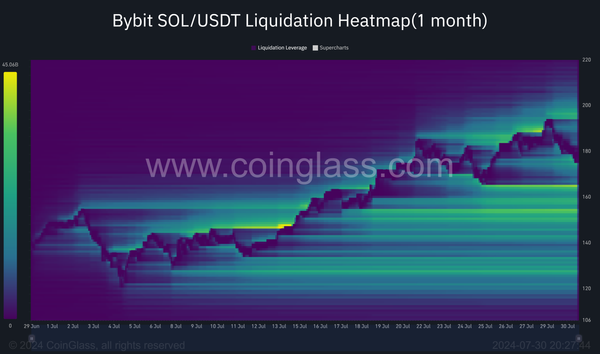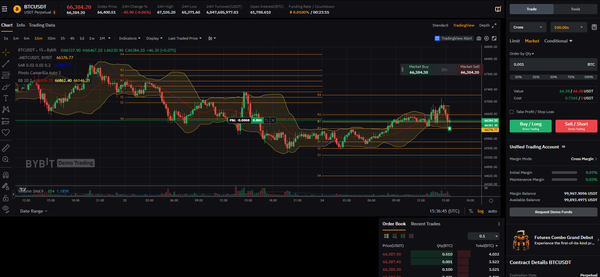Understanding the Risks of 'Catching a Falling Knife' in Cryptocurrency Trading

Traders often find themselves enticed by the prospect of buying assets at low prices during a market downturn. This strategy is commonly referred to as 'catching a falling knife,' a vivid metaphor that captures the danger of attempting to grab a sharply declining asset with the expectation that it will bounce back quickly. The recent trading pattern of the 'MYRO USDT Perpetual' pair offers a textbook example of this high-risk strategy.

The Bearish Backdrop
The 'MYRO USDT Perpetual' chart presents a stark portrayal of a bearish trend. With a succession of red candlesticks descending the chart, each day's trading has closed lower than the last, painting a clear picture of downward momentum. The moving averages (MA and EMA), which are widely regarded as indicators of trend strength and direction, slope downwards in a bearish alignment, reinforcing the prevailing sentiment that bears are in control.
Bollinger Bands and Volume Speak Volumes
The Bollinger Bands on the chart reveal that MYRO's price is hugging the lower band, an area often associated with an oversold market condition. However, in the context of a strong downtrend, this could merely be indicative of sustained selling pressure rather than a signal for a reversal.
Additionally, a significant spike in trading volume coincided with a particularly steep price drop, suggesting a rush to exit positions rather than enter them. Following this event, the volume tailed off, hinting at a dwindling interest in buying at these lower prices.
The Strategy of Buying the Dips
Several green circles mark the points where trades were executed, corresponding with the dips in price. This strategy, akin to 'catching a falling knife,' is predicated on the belief that the price will not only stop falling but will also rise shortly thereafter. The danger, of course, is that without a clear indication of a trend reversal, one may simply be purchasing an asset that will continue to lose value.
The Perils of Catching a Falling Knife
The term 'catching a falling knife' vividly illustrates the perilous nature of this trading strategy. Just as catching an actual knife in freefall is fraught with the risk of injury, buying into a rapidly declining asset can lead to significant financial losses if the price does not rebound as hoped.
When Might the Knife Hit the Floor?
A prudent trader will look for several indicators before considering such a purchase. These may include a crossover of short-term MAs above long-term ones, a breakout above the upper Bollinger Band, or bullish patterns in candlestick formations. Additionally, other technical indicators like the Relative Strength Index (RSI) or the Moving Average Convergence Divergence (MACD) can offer signals that a reversal is imminent. Unfortunately, in the case of MYRO USDT, such signals are not yet present.
The Bottom Line
Investing during a downturn can be profitable if done cautiously and with a clear strategy that includes strict risk management and a lookout for reversal signs. The concept of 'catching a falling knife' should serve as a cautionary tale rather than a playbook. It is a high-stakes maneuver that can lead to substantial rewards but also to significant losses.
Traders must remember that while the allure of buying low is strong, the importance of confirmation of trend reversal is paramount. In the end, catching a falling knife should not be about bravado but about calculated decisions backed by solid evidence of a market turnaround.




